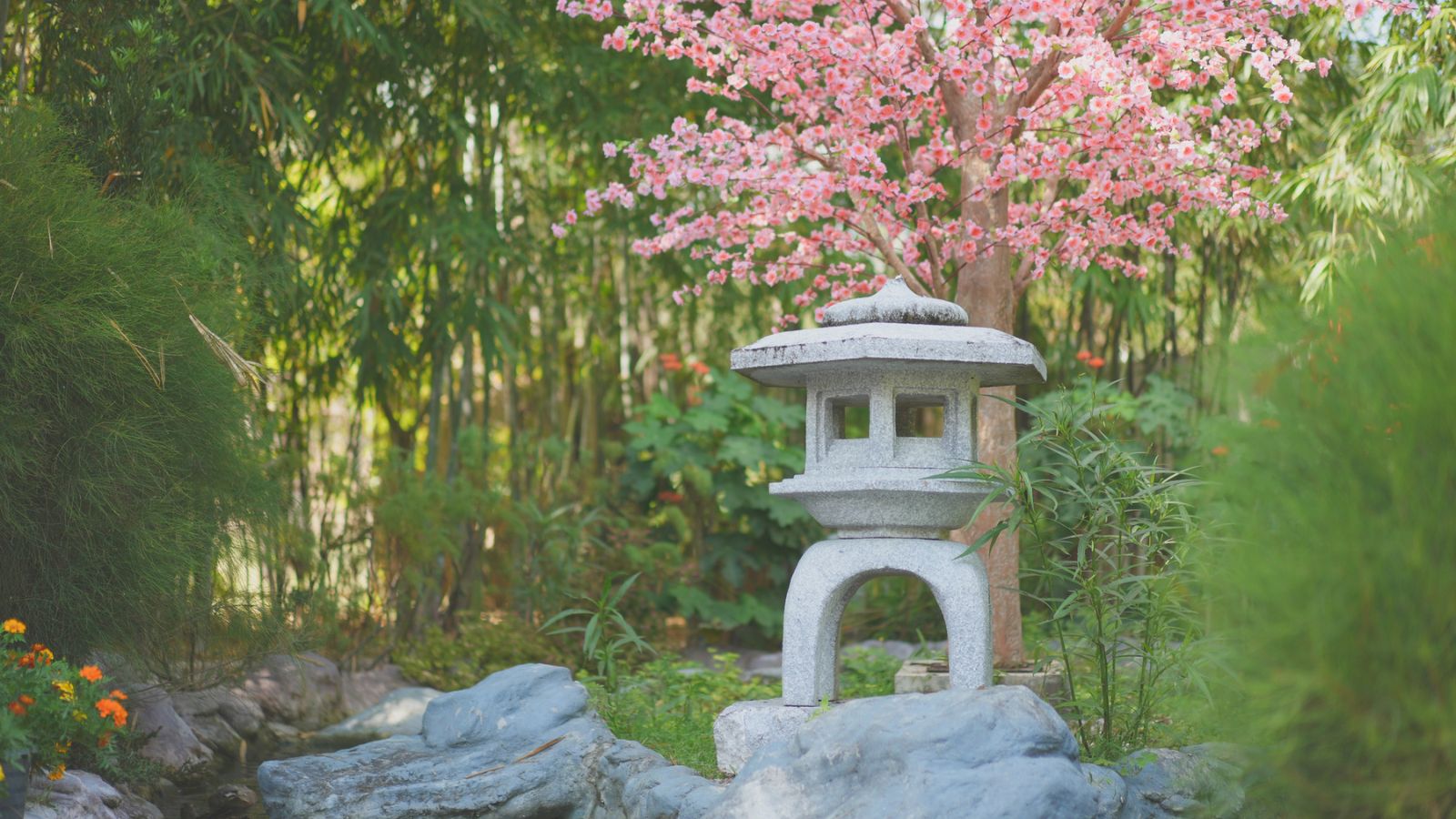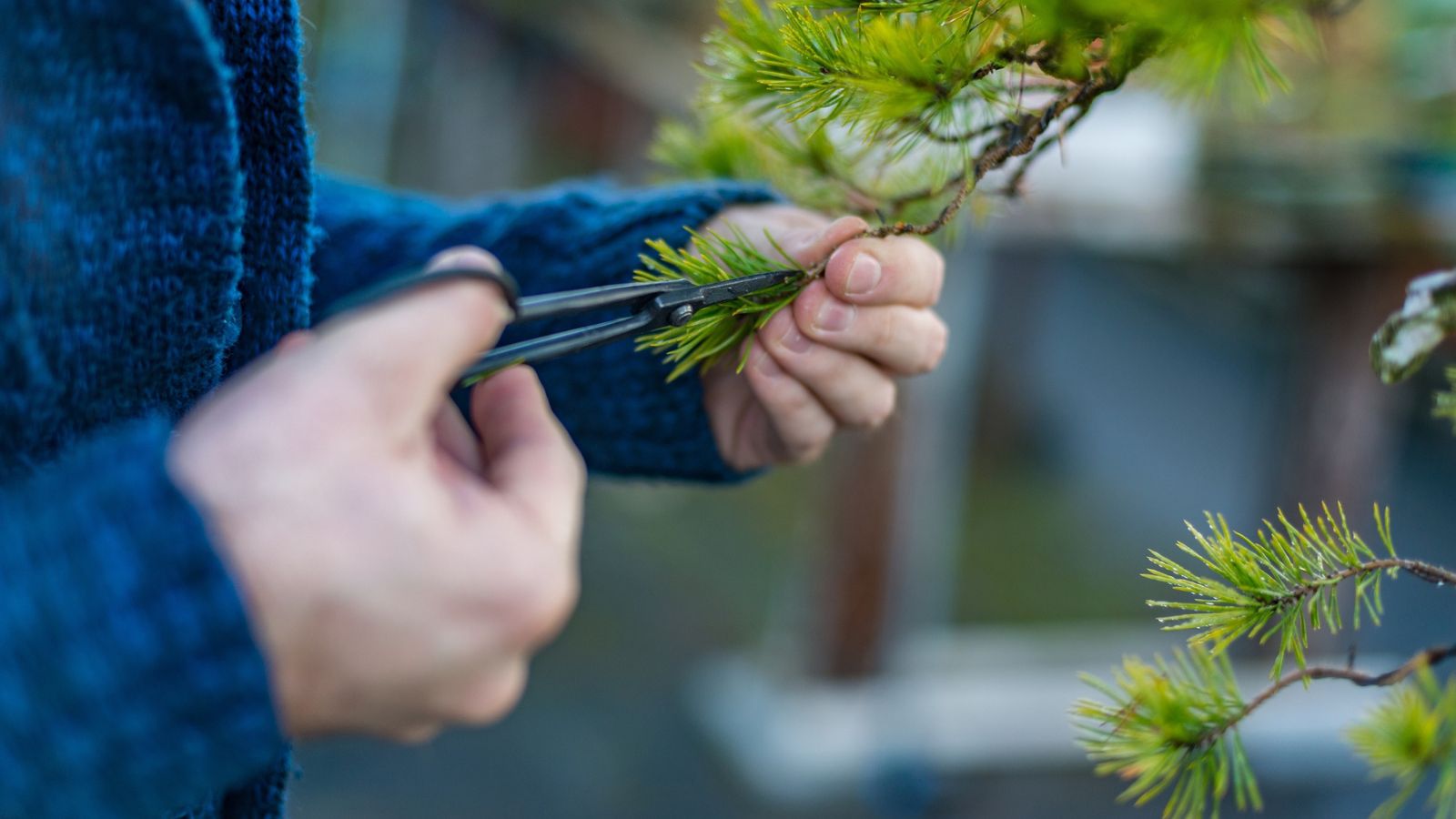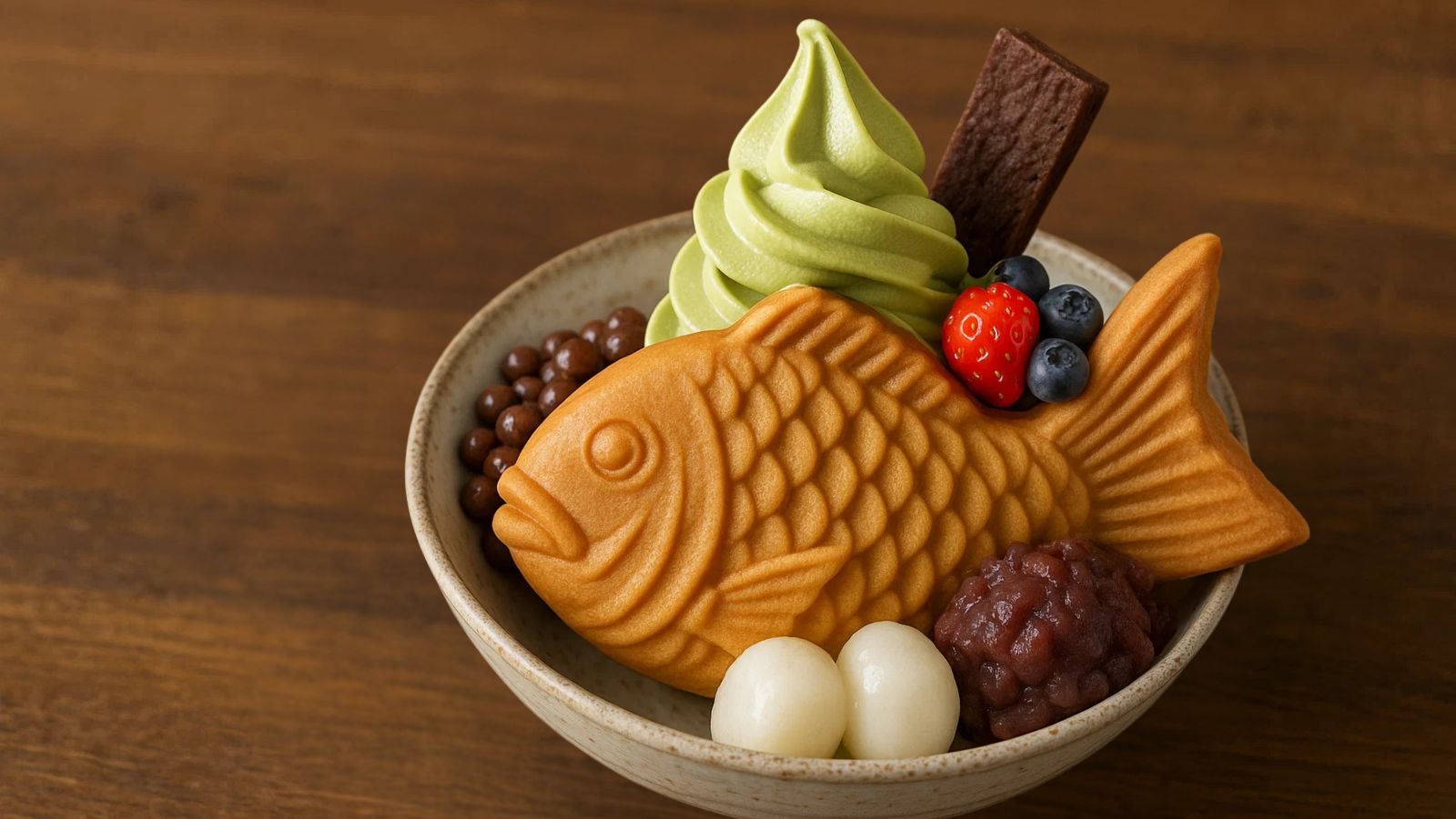Introduction
Renowned for its bold colors and intricate designs Kutani ware (九谷焼, Kutani-yaki) holds a special place among Japan’s most treasured ceramics. In this guide, we explore everything you need to know about Kutani ware from its rich history to how to identify authentic pieces, care for them, and appreciate the many styles born from this celebrated craft.
History and Origins
The story of Kutani ware began in the early 17th century during Japan’s Edo period. Around 1655 the first Kutani kiln was established in the village of Kutani (present-day Ishikawa Prefecture) under the Maeda clan's patronage. Early creations known as Ko-Kutani ("Old Kutani") featured bold designs painted on a distinctive porcelain base influenced by techniques from Arita.
Production mysteriously ceased around 1730. Historians propose several theories for this including depletion of quality raw materials, economic hardships, or political changes but no definitive cause is documented. The scarcity of contemporary records leaves the reasons open to debate preserving an air of mystery around Ko-Kutani’s abrupt end.
Kutani ware saw a vibrant revival during the early 19th century (the Saikō-Kutani period), as new kilns were established and techniques evolved, incorporating influences from Chinese porcelain and the booming Arita porcelain industry.
Characteristics and Features
Kutani ware is distinguished by a combination of vivid color and luxurious texture:
- Vibrant Overglaze Enamels: Kutani ware is famous for its rich overglaze enamels particularly the Kutani Gosai (Kutani five colors): green, yellow, red, purple, and blue. These enamels are layered thickly, creating a glossy, jewel-like finish that lends pieces their dramatic presence.
- Fine Calligraphy Integration: Kutani artists often integrate refined calligraphy into their work, inscribing poems or classical literature. For example, Tokuda Yasokichi III occasionally adorned his creations with elegant poetic inscriptions.
- Dynamic Brushwork and Textures: Techniques like mori-e (a raised enamel painting method) create textured surfaces that are both tactile and visually dynamic, enhancing the feeling of motion in floral or animal designs.
- Dense, Glossy Surface: Multiple firings give Kutani ware a thick, polished surface that enhances both color and durability, making it suitable for functional items like tea bowls as well as decorative pieces.
- Symbolic Motifs: Each motif carries deep meaning. Cranes, representing longevity, frequently appear in Kutani sake cups, while pine trees symbolize steadfastness in many New Year's themed plates.
- Contrasting Compositions: Bold contrasts between densely decorated areas and empty spaces showcase a sophisticated use of negative space, allowing visual breathing room amidst richly painted scenes.
- Evolution Across Eras: Ko-Kutani’s primitive boldness gave way to the Shoza style’s ornate multicolored extravagance reflecting shifts in both domestic taste and the influence of global art exchanges during Japan’s opening to the West in the 19th century.
Styles and Design Variations
Throughout its history, Kutani ware has evolved into various recognizable styles:
- Ko-Kutani Style (Old Kutani): Early works, using deep greens and yellows in bold often abstract compositions influenced by Chinese Ming Dynasty ceramics.
- Mokubei Style: Introduced scholarly themes and muted colors, influenced by the Chinese literati painting tradition.
- Yoshidaya Style: Revived Ko-Kutani’s color palette but notably excluded red, focusing on green, yellow, and blue with symmetrical botanical designs.
- Iidaya Style: Characterized by intricate human figure paintings, with particular attention to storytelling through fine, delicate brushwork.
- Eiraku Style: Rich red backgrounds accented with luxurious gold designs inspired by Kyoto’s Eiraku kiln.
- Shoza Style: Developed by Kutani Shoza, blending multiple techniques and vivid colors, producing exuberant, maximalist pieces during the Meiji Restoration.
- Aochibu Style: Features surfaces covered with fine blue dots, creating a misty, ethereal appearance that requires immense technical skill.
- Morietsuke: Incorporates raised motifs using thick enamel, giving a three-dimensional effect to surface designs.
- Saiyuu and Yuurikinsai Styles: Utilize innovative glazes that allow gold to float beneath transparent surfaces, creating shimmering abstract landscapes.
- Ginsai Style: Silver leaf under translucent enamel creates subtle, shifting luminosity as light plays across the surface.
Production and Crafting Methods
Kutani ware’s meticulous production involves:
- Clay Preparation: High-quality porcelain clay is purified and kneaded.
- Forming: Pieces are shaped either by hand or wheel, or molded for larger objects.
- Bisque Firing: An initial high-temperature firing stabilizes the clay body.
- Glazing: Transparent or slightly tinted glaze is applied for protection and aesthetic preparation.
- Overglaze Painting: Artists apply mineral-based pigments to create intricate, colorful designs.
- Overglaze Firing: A lower-temperature firing fuses the enamels without muting their colors.
- Finishing: Additional applications of gold or silver leaf and further firings may be undertaken to add richness and texture.
Kutani Kilns and Production Sites
Important production hubs include:
- Old Kutani Kiln Ruins: The birthplace of Kutani ware, now an archaeological and cultural heritage site.
- Komatsu, Yamashiro, and Terai: Modern centers for Kutani production, preserving both traditional and contemporary techniques.
- Kutani Ceramic Laboratory: A research and development center ensuring the future vitality of Kutani ware.
Identification and Marks
Authentic Kutani ware can often be identified by:
- Maker’s Marks: The characters "九谷" (Kutani) are often painted or stamped on the base.
- Artisan Signatures: Master artists sign their works, and signatures may indicate lineage or workshop origin.
- Surface and Weight: Genuine Kutani ware often feels slightly weighty with a glossy, finely painted surface, though authentication often requires expert appraisal, especially for antiques.
Artists and Related Crafts
Influential figures include:
- Kutani Shoza (1816–1883): Reinvigorated Kutani’s color palette and ornamentation during the late Edo period.
- Tokuda Yasokichi III (1933–2009): Designated a Living National Treasure for his innovations in color glazes.
- Tokuda Yasokichi IV (b. 1961): Continues the family’s artistic tradition with modern sensibilities.
Ishikawa Prefecture’s neighboring crafts Wajima lacquerware, Kaga Yuzen dyeing, and Kanazawa gold leaf further enrich the region’s cultural tapestry.
Care and Usage
To preserve Kutani ware:
- Hand Wash Only: Use mild detergent and a soft sponge to avoid damaging delicate enamels.
- Avoid Abrasives: Harsh scrubbing can scratch overglaze decorations.
- Prevent Thermal Shock: Rapid temperature changes cause cracking because porcelain and glaze expand and contract at different rates.
- Store with Protection: Use cloth or felt separators when stacking.
- Display Out of Direct Sunlight: UV rays can cause overglaze pigments to fade over time.
Conclusion
Kutani ware represents a stunning fusion of artistry, tradition, and innovation, a living legacy of Japan’s ceramic heritage. Whether admiring a centuries-old Ko-Kutani plate or sipping matcha from a modern Kutani bowl, each piece connects us to a rich continuum of craftsmanship and creative spirit. Understanding its history, characteristics, and care deepens one’s appreciation for these masterpieces of Japanese art.








Share: